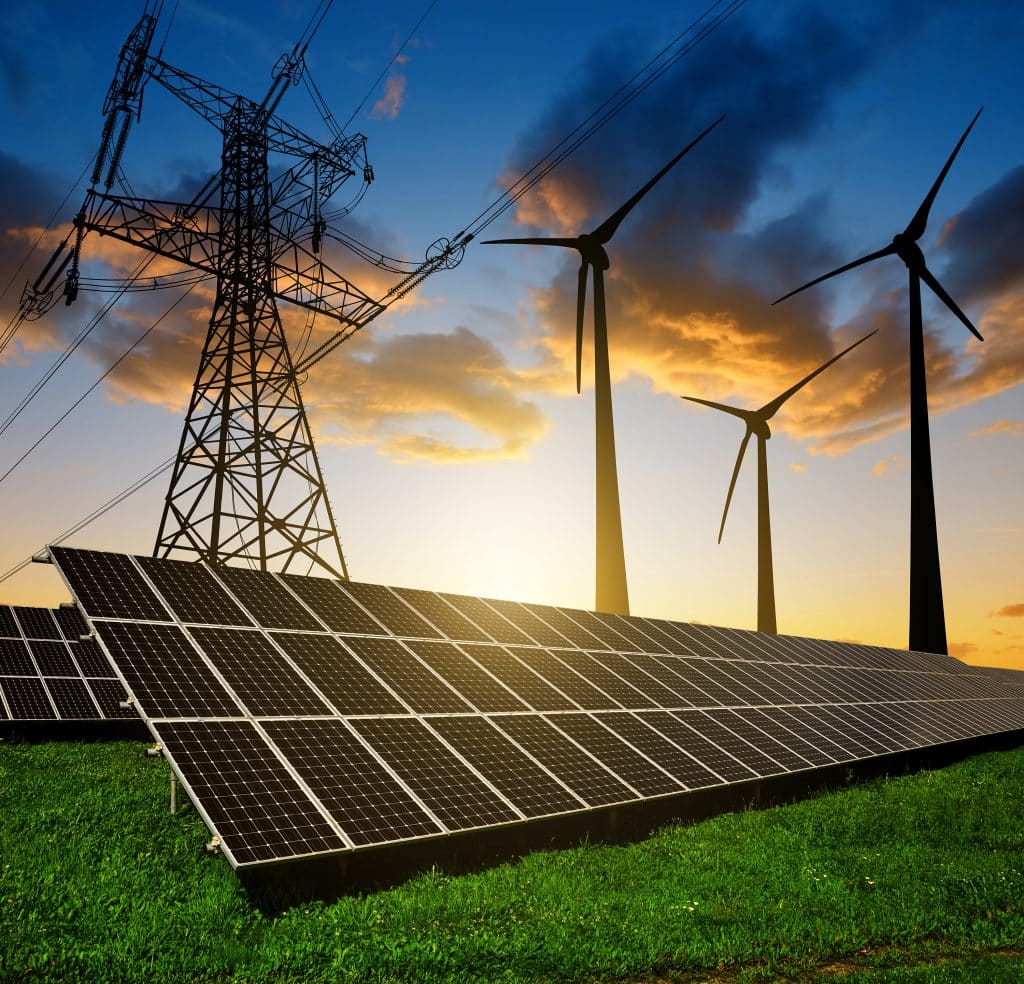October was designated as Energy Awareness Month in September 1991. Since then, the Department of Energy (DOE) has highlighted the importance of energy management. For most people, that means paying more attention to energy efficiency and conservation activities, adjusting the temperature on the thermostat, turning off the lights when you leave the room, and ensuring proper insulation throughout the house.

The demand for energy is growing. Power consumption is projected to triple by 2050, due in part to electrification. In order to meet the increasing demand for energy, production from renewable energy sources will need to scale up nine to 13 times in the next 30 years.
The concept of energy awareness needs to broaden to encompass both energy security and energy independence. Energy security and independence are intertwined in the demands for power and the transition to clean energy. Independence will provide security, and we can’t have security without independence.
Energy Security Is Availability
Energy security is confidence in having continuous access to reliable sources of power. Unfortunately, the current infrastructure is not able to support current needs, much less the growing demand.
In Texas, customers were urged to conserve energy after several plants shut unexpectedly during an early heat wave in mid-May. In mid-June, Ohio residents experienced rolling outages during a heat wave after a storm damaged transmission lines and knocked out power to over 200,000 homes and businesses. The operator overseeing the grid from Minnesota to Louisiana warned that parts of its coverage area are at increased risk of temporary outages to preserve the integrity of the grid.
Some consumers are also faced with conflicting messages. California has announced that by 2035 all new cars, trucks and SUVs sold in the state to be powered by electricity or hydrogen. At the same time, California is experiencing record-high temperatures that have strained its power grid. Over the recent Labor Day weekend, consumers were asked to conserve electricity by setting thermostats to 78 degrees or higher to reduce air conditioner use and avoid charging electric vehicles.
To achieve energy security, we need to capture all available energy generated by traditional and renewable power sources. Microgrids would allow a business, a neighborhood, or even a small town, to support itself. Long-duration energy storage systems, powered by advanced battery technology, ensure nothing goes to waste that can be used at a later time when energy demand peaks.
The challenge lies in the sheer number of battery chemistries available. We need to focus on developing two or three of the most promising technologies. We need to spend our investments wisely so that we can accelerate development. The longer it takes to hone in on the solution, the longer it will take to provide that solution. That speed of development is going to provide the energy security and the energy independence we need.
Energy Independence is Sourcing
Another important factor of energy awareness is energy independence. Reliance on imports for critical minerals has serious national security implications. While Australia remains the largest supplier of lithium, China controls 80 percent of lithium refining and 77 percent of global cell capacity. These imports also run the risk of supply chain disruptions, as we have seen in recent years.
Energy independence involves strengthening domestic manufacturing in the U.S. to minimize these disruptions and bolster national security. The Bipartisan Infrastructure Investment and Jobs Act provides over $3 billion in funding for domestic battery manufacturing and supply chains. The bill includes $3.1 billion in funding to build more batteries and components in America and shore up domestic supply chains and $335 million for lithium recycling.
The lead battery industry provides a roadmap to creating a circular economy for lithium battery manufacturing. The emphasis on recycling and reusing raw materials as much as possible is aligned with the nation’s goal to transition to renewable energy. The difficulty in recycling lithium batteries is the time it takes to remove the batteries, dismantle and mechanically shred them. The DOE is requesting feedback from the battery industry, recyclers, retailers and others on implementing lithium-ion battery recycling.
Domestic manufacturing also relies on a skilled workforce. Unfortunately, the manufacturing skills gap is anticipated to result in 2.1 million unfilled jobs by 2030. U.S.-based manufacturers need to position their companies for success by building and retaining a talented workforce.
Competitive wages and benefits, as well as advanced training and career development programs, will help retain skilled talent. Better education during middle and high school can show students the value of a career in manufacturing.
Manufacturers should also invest in automation where it makes sense. It is important to note that automation will never replace the need for skilled workers. As companies advance their production processes by adopting new technologies, they become more efficient and generate more sales, allowing them to grow and hire additional workers. Automation allows organizations to increase production, but they will always depend on skilled labor.
Energy Security and Energy Independence Interlock to Meet Energy Goals
The United States is striving to create a carbon pollution-free power sector by 2035 and a net-zero emissions economy by no later than 2050. A grid powered mainly by renewable energy sources will deploy over $1 trillion in capital investment into the American economy over the next decade, support 980,000 direct jobs and reduce carbon emissions by over 60 percent.
Without the means to harvest and store all available power, we will fall short of our goals to transition to renewable energy sources. We need to have reliable access to electricity. That access depends on our ability to source materials and manufacture products with minimal disruptions. We must ensure that our raw materials are used in domestic manufacturing to protect our energy security and energy independence.
Tim Vargo, Chief Executive Officer, Stryten Energy







